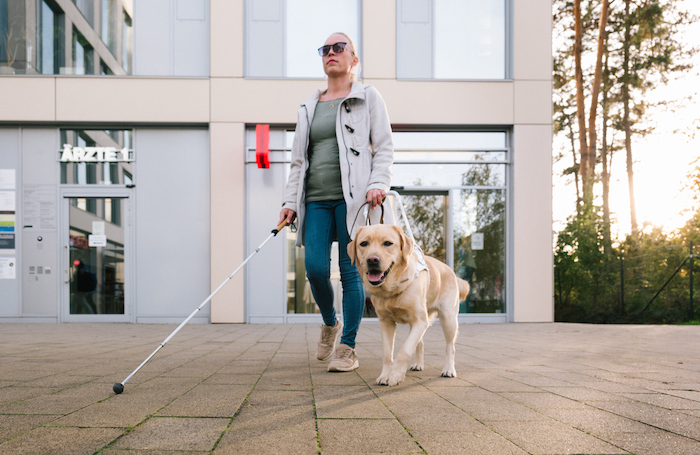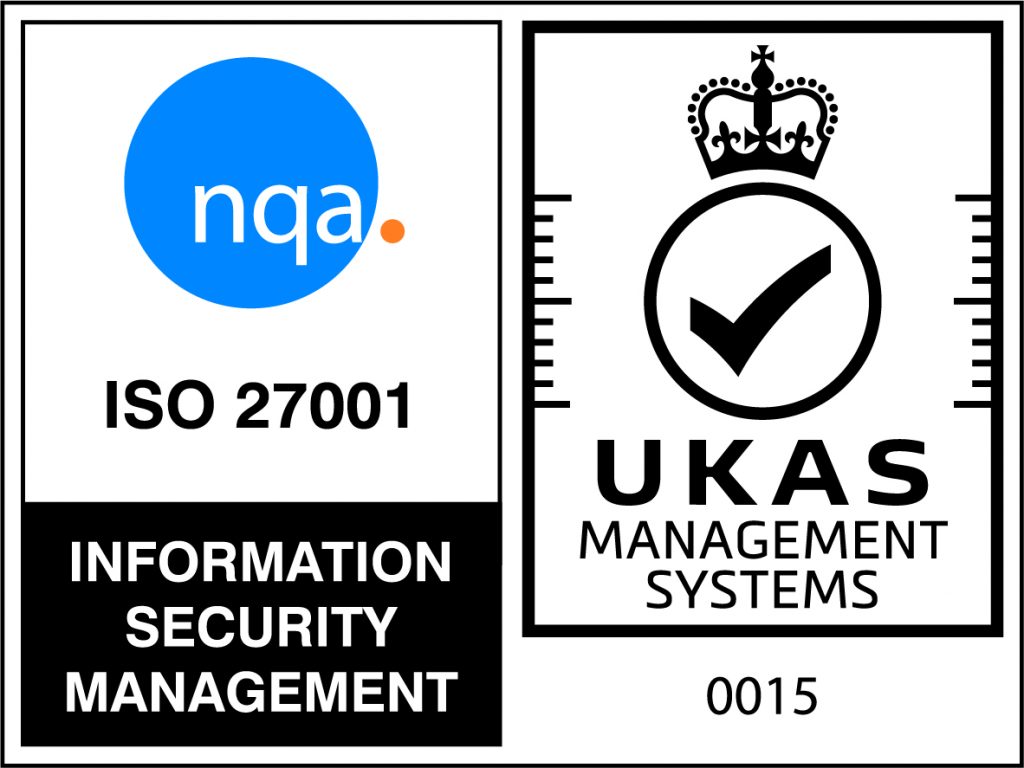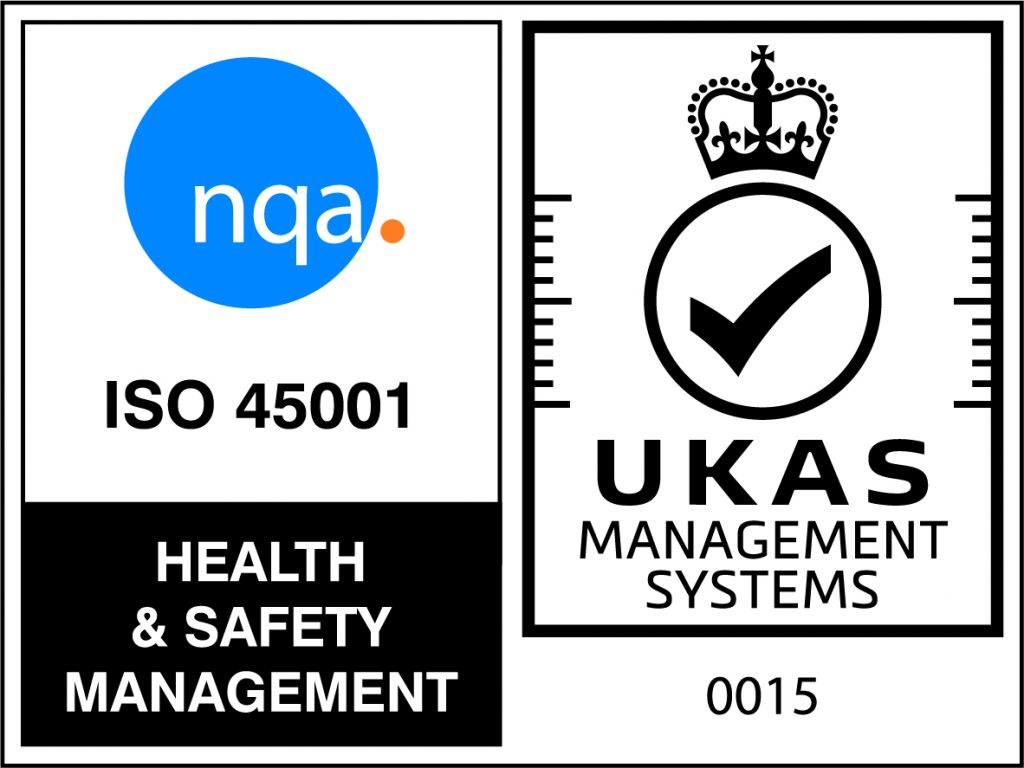RIBA Plan of Work: Why architects should augment inclusive design throughout all work stages
The Inclusive Design Overlay to the RIBA Plan of Work seeks to embed inclusive design across all stages of construction projects and empower each of the teams involved – from architects and clients to operators – to contribute to creating inclusive environments.
Over 100 professionals from 25 professions, representing 50 built environment companies, bodies, and organisations, have provided insights and best practice content to the new overlay. It is the first industry-coordinated technical framework for delivering inclusive design.
What roles does the Inclusive Design Overlay cover?
Contributory project roles are separately referenced in the overlay across RIBA Plan of Work Stages for:
- Client
- Project Management Team
- Design Team
- Construction Team
- Asset Management Team
From the outset, for instance, the client can be involved at Stages 0 to 1 by defining their inclusive design vision and commitment. They can set aside a dedicated budget and in partnership with the Project Management Team appoint an Inclusive Design Lead. Across Stages 2 to 7 the Project Team will be engaging regularly with user groups.
The Design Team and Construction Team in Work Stage 5 can work together alongside the Inclusive Design Lead to conduct an inclusive design audit of the environment, for both end users and their teams on site.
At Work Stages 5 to 7, the Asset Management Team will be developing Building Manuals and Post Occupancy Evaluation Surveys with contributions from across the Project Team.
When to use an Inclusive Design Specialist
The first stage of using the overlay is understanding who is using the environment and who might use it in the future, Pareisse says. This can mean undertaking an impact assessment to identify the likely effects of the project on users (such as the protected characteristics listed under the Equality Act, 2010 and beyond, such as neurodiversity).
Where a building is being refurbished, commissioning an inclusive design audit to be carried out by the Inclusive Design Lead – who is a specialist in identifying barriers and providing recommendations for improvements against best practice – is recommended. Understanding the building’s users will always be key to designing inclusive and accessible environments.
Pareisse continues: “At the very front end of the RIBA Work Stages you will have the client thinking about what their inclusive design goals are in the project brief and Inclusive Design Strategy. What we do in the overlay is clearly outline the opportunity for all the project roles to feed into the creation of the Inclusive Design Strategy or identify how they will support the delivery of it. From the Project Management Team through to the Asset Management Team, everyone is encouraged to contribute to the delivery of inclusive design.
This gives the project team the chance to ask questions and find out how they can make the inclusive design vision a reality on the project. By being involved in shaping the strategy, members of the project team are more likely to have the confidence to embed inclusive design across their discipline.”
At this point, it is essential to know when to identify the Inclusive Design Lead, who will support the whole project team in understanding how designs will impact people and how they can be improved upon.”
Read the full article and download the Inclusive Design Overlay to RIBA plan of work


 Back to News
Back to News

















